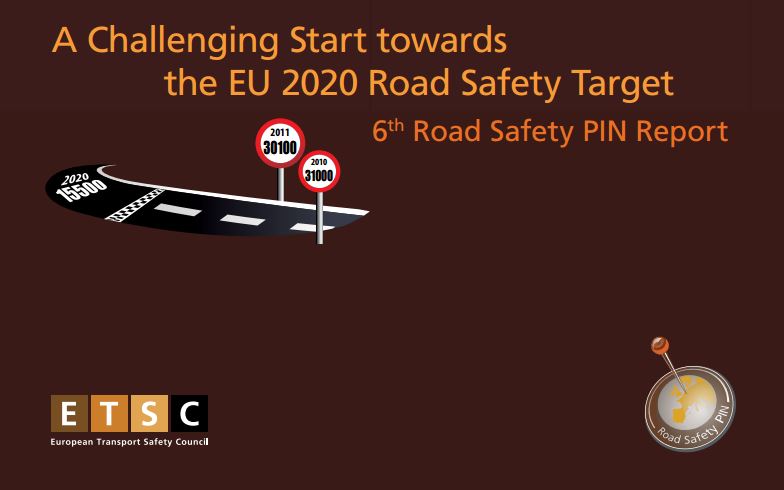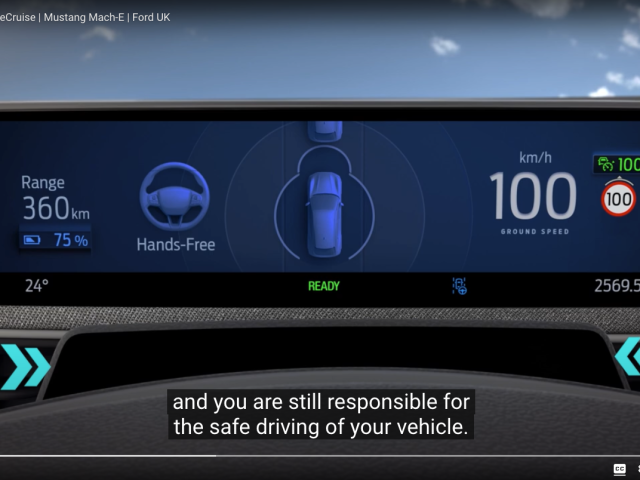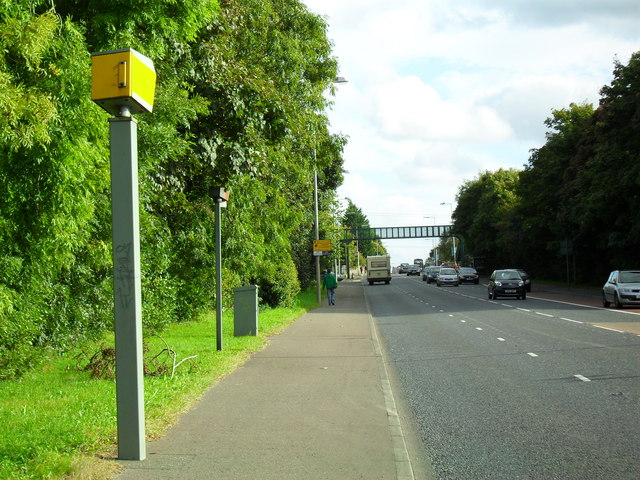
6th Annual Road Safety Performance Index (PIN) Report
This 6th PIN Report provides an overview of European countries’ performance in three areas of road safety. It builds on the five previous Road Safety PIN Reports published in June 2007, 2008, 2009, 2010 and 2011. The report compares developments in the numbers of road deaths, during the first year of the 2020 EU road safety target, and estimates the monetary value of their benefit to society. It also sets these one-year developments in the context of the reduction in road deaths observed since 2001, the starting point of the first EU road safety target. The report also provides a qualitative analysis of the European countries’ road safety management systems, showing that while many elements of good policies are in place, there is still scope for improvement to sustain medium- and long-term reductions in death and injury on the roads. It also looks at the risks faced on the roads by young people and countries’ progress in reducing road deaths among this group of road users.
These rankings have been carried out during the sixth year of the Road Safety Performance Index (PIN) between September 2011 and June 2012. Chapters 2 and 3 cover 30 countries: the 27 Member States of the European Union, together with Israel, Norway and Switzerland, while Chapter 1 also includes the Republic of Serbia, who joined the PIN countries in April 2012.
Mixed results in the first year of the 2020 Road Safety Target
Across the EU progress in reducing road deaths has been mixed in 2011. The overall number of road deaths decreased by just 3% compared with the previous year, a slowdown from the 11% drop recorded in 2010. Latvia, Spain, Bulgaria and Romania are the four EU countries with the biggest reductions in road deaths. They are joined by Norway, where road deaths were reduced by 20% in 2011 compared with 2010. In 13 countries the number of road deaths recorded in 2011 was above that of 2010. Estonia, Sweden and Cyprus registered the biggest increases. Countries with good road safety records, such as the Netherlands, Germany and the UK, also saw an increase in road deaths after several years of sustained progress.
There have been 940 fewer road deaths in 2011 than in 2010 in the EU as a whole. The monetary value of this reduction is estimated at 1.74 billion euro. For the EU to reach the 2020 target through constant annual progress, another 1,140 lives would have had to be saved in 2011. The monetary value of this additional reduction would have been 2.09 billion euro. However, the new EU target for 2020 should be seen as achievable by all Member States, if they show the political will to invest in road safety. Important safety measures remain to be implemented fully or are being developed.
Road Safety Management
A lot of the important reductions in road deaths that were observed during the past decade can be attributed to the improvements that the PIN countries made in the way they manage road safety and their policy-making process. Road safety policy needs to be supported by effective institutional management in order to achieve long term effects on road safety levels. Recent calls by the World Bank, the UN Moscow Declaration, the European Commission in its Road Safety Policy Orientations, and the ITF/OECD in its report Towards Zero, among others, are urging national governments to organise clear institutional roles and responsibilities and adopt national road safety plans and targets against which performance can be measured and delivery made accountable so as to guide their road safety actions. The list of questions the PIN Panellists were asked constitutes a checklist of the main elements of effective road safety management, as inspired by best practice and innovative experiences in Member States. The current state of key elements of road safety management, as seen by the PIN Panellists, reveals that in every country many elements of good road safety policy are in place, but there is still scope for greatly improved procedures in many of them.
Young People
Around 140,000 young people aged 15 to 30 were killed in road collisions in the EU27 over the 2001-2010 decade. In 2010, 9,150 young people aged 15 to 30 were killed in road collisions in 2010, compared with 18,670 in 2001. On average, in the EU, one young person’s death in four results from a road collision.
Member States must make the fight against road deaths among young people a priority if they want to achieve the EU 2020 road safety target and their national targets. The share of young people’s deaths among total deaths will increase as road safety of the rest of the population increases unless young people’s safety is similarly improved. The country comparison shows that the differences between countries are large. Curbing deaths among young people therefore requires general road safety measures, coupled with specific measures, for example targeting young drivers and powered two-wheeler riders, in particular males, in countries where reductions in young people’s deaths on the road are lower than the EU average reduction.
Download methodological note on road safety benefits







